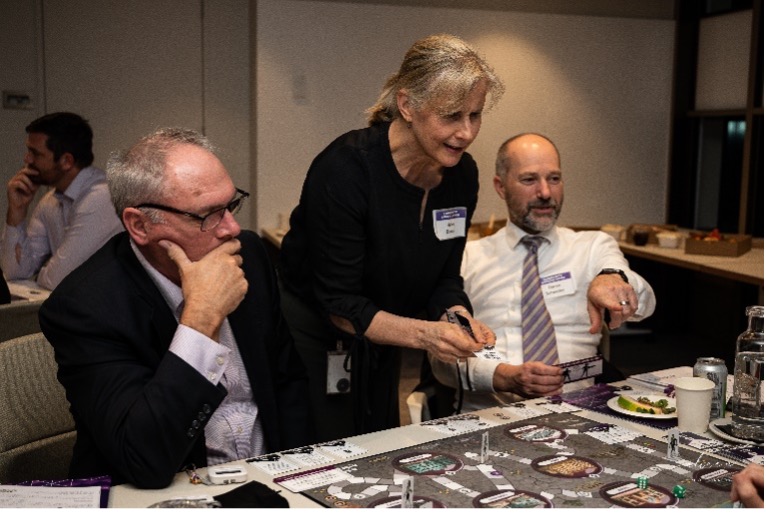It was 2018. I looked at the Employee Opinion Survey results and was shocked.
The trust in leadership scores had dropped significantly. Being me, I took it personally and brought in an external facilitator to help understand why.
We broke everyone across the Branch into small groups to explore (i) which level of leader they were referring to and (2) why they answered the question the way they did.
I was surprised to discover it wasn’t about one group of leaders. People had read the same question and answered it differently. The result for that one question reflected performance across four tiers of leadership. People also identified about twenty reasons why they gave that score.
That day, I learned Employee Opinion Survey reports are full of ambiguity.

It was like a ‘Choose Your Own Adventure’ book, where all the outcomes led to more questions instead of satisfying answers. Perhaps that’s why Simon Sinek said “Ambiguity is an invitation to explore, not a reason to avoid.”
Obsessing about the results could have mired me in worries about what it all meant, with no action taken—an all-too-common complaint about almost every employee opinion survey ever administered.
Instead, by finding focus, being curious and assertive, and staying present in the now, I worked with people across the branch to identify what would be most helpful.
It took some flexible thinking and courage, but we implemented several actions that made a positive difference.
It allowed me to understand the benefits that come from tolerating ambiguity.
Do you ever wonder how you could boost your team’s tolerance of ambiguity?
First, they need an awareness of how their level of tolerance affects their interaction with ambiguity.
Second, build their skills.
Better still, use game-based learning to enhance people’s knowledge and skill transfer, stimulate their thinking, and boost their self-efficacy when faced with ambiguity.
Check out some of the videos if you’d like a sneak peek of the purpose-built game Ambiguity Apocalypse.
Sacrificing Yourself For Points
Because the game leverages the evidence behind the AdaptiQ Minds Indicator of Ambiguity (IAm) assessment tool, the insights and skills people are exposed to translate back to the workplace. You can boost your team’s results with a package that includes this evidence-based tool.
You can book a chat hif you’d like to find out more.







